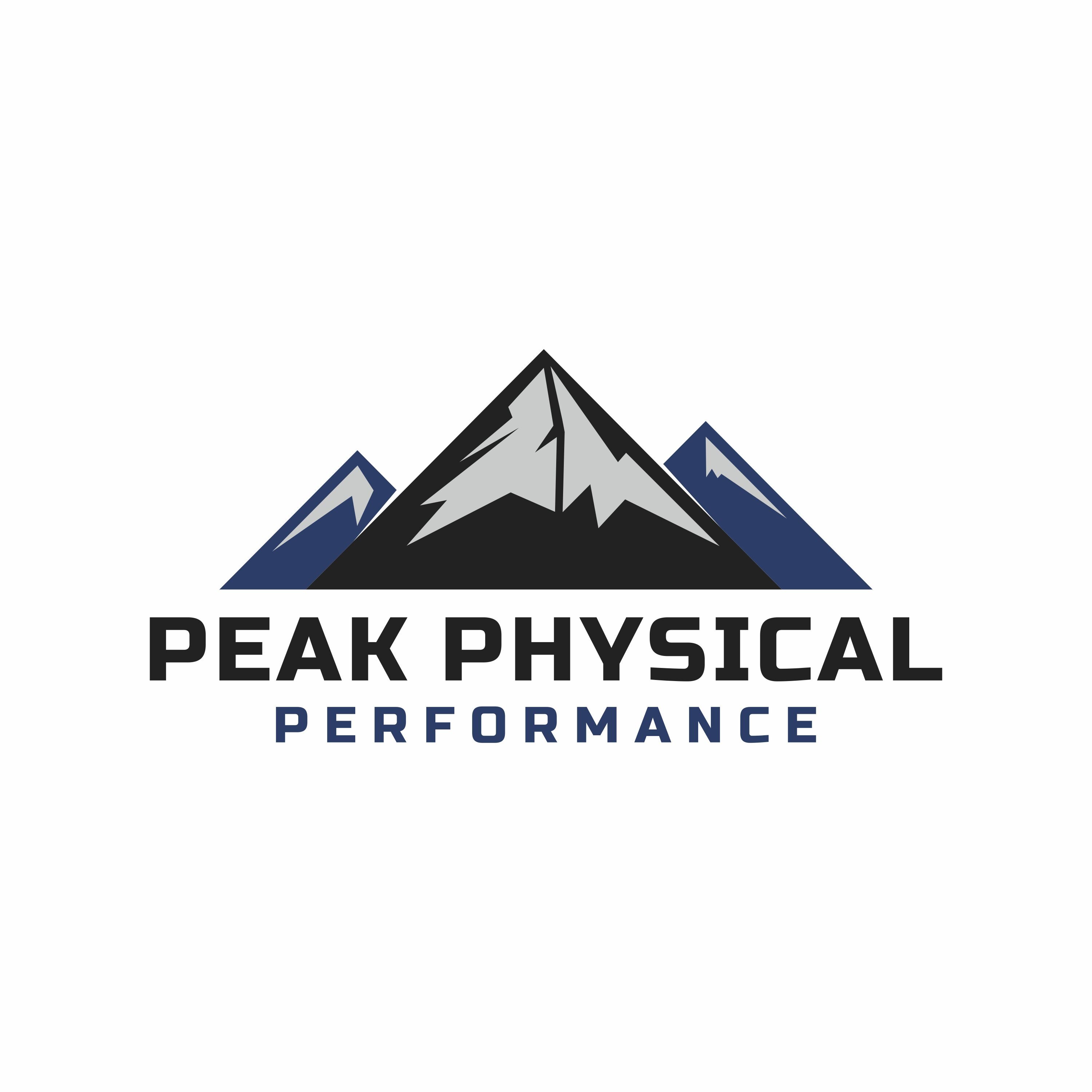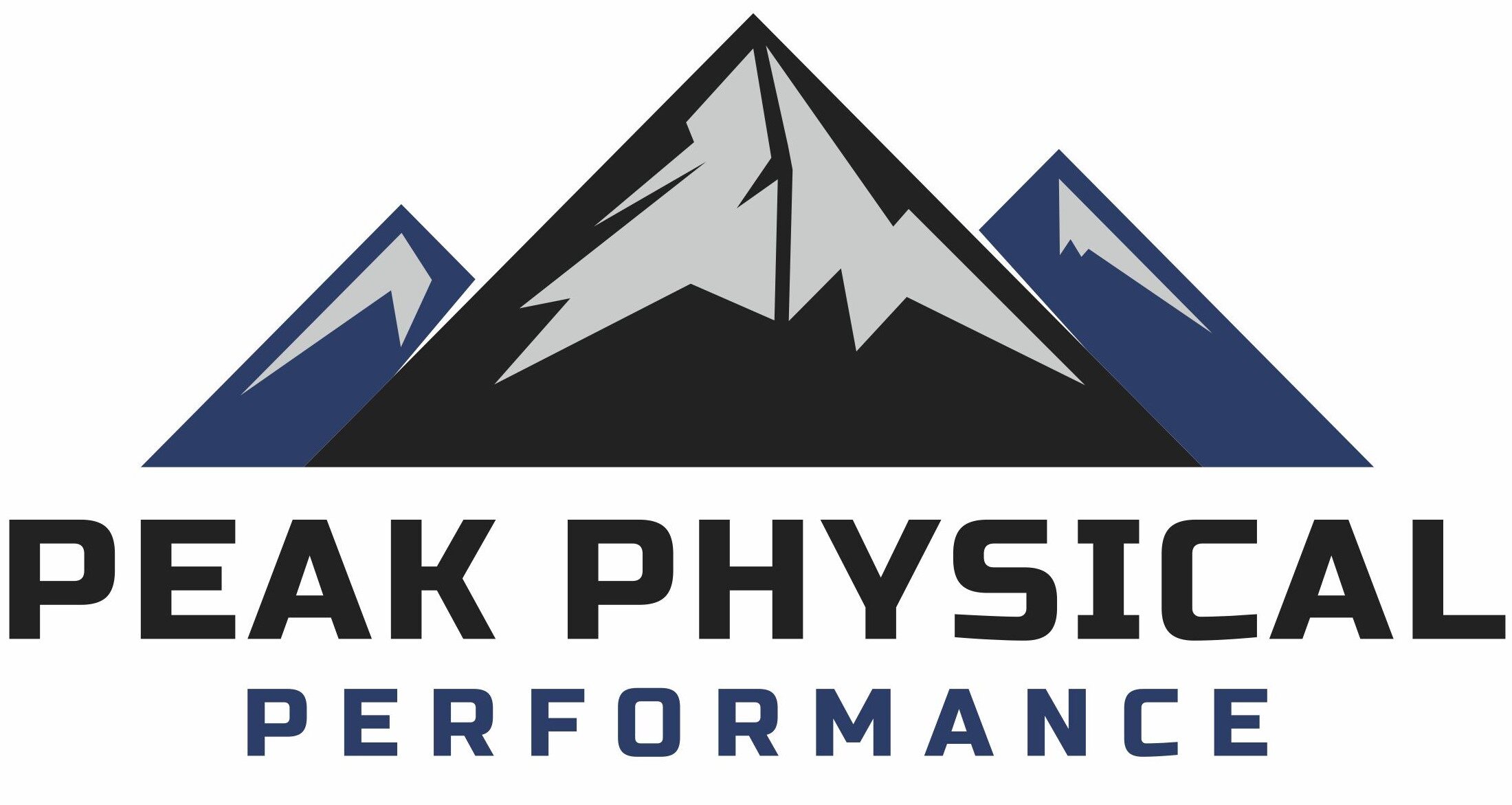Yoga, an ancient practice with roots in India, has gained significant recognition in the realm of physical therapy due to its multifaceted benefits for both the body and mind. With its emphasis on controlled movements, breath awareness, and mindfulness, yoga has become an integral component of many rehabilitation programs, offering a holistic approach to healing and wellness. Let’s explore the growing significance of integrating yoga into physical therapy for enhanced rehabilitation outcomes.
Benefits of Yoga in Physical Therapy:
- Improved Flexibility and Posture: Regular practice of yoga postures, or asanas, promotes flexibility and improved posture by targeting various muscle groups and enhancing joint mobility. Studies have highlighted the positive effects of yoga on spinal alignment and overall musculoskeletal flexibility, making it an effective tool in the rehabilitation of individuals with chronic back pain and postural imbalances. (1)
- Stress Reduction and Mind-Body Connection: The integration of breathing exercises and mindfulness techniques in yoga fosters a heightened sense of relaxation and stress reduction. This aspect is particularly beneficial for individuals undergoing physical therapy, as it can help alleviate anxiety, improve mood, and promote a positive outlook during the rehabilitation process. Several studies have demonstrated the efficacy of yoga in reducing stress and enhancing the mind-body connection. (2)
- Enhanced Muscle Strength and Endurance: Yoga incorporates various strength-building postures that target different muscle groups, leading to improved muscle strength and endurance. By engaging in yoga sessions, individuals can experience enhanced muscle activation, leading to better overall physical conditioning and functional performance, which can be especially beneficial for individuals recovering from sports-related injuries or musculoskeletal conditions. (3)
- Pain Management and Rehabilitation: The gentle and controlled movements in yoga contribute to pain management and the promotion of overall well-being. Research has shown that yoga can be effective in reducing pain perception and improving quality of life in individuals with chronic pain conditions, making it a valuable adjunct to traditional physical therapy approaches. (4)
The integration of yoga into physical therapy practices represents a holistic and comprehensive approach to rehabilitation, addressing not only the physical aspects of healing but also the mental and emotional well-being of individuals. By incorporating the principles of yoga, patients can experience improved flexibility, reduced stress, and enhanced overall physical and mental resilience. Consult with a certified yoga instructor or physical therapist to explore how yoga can be tailored to your specific rehabilitation needs for optimal results.
References:
- Holtzman, Sarah, and Fredrick J. Hebert. “The effect of yoga on back pain and quality of life in individuals with chronic low back pain: a systematic review and meta-analysis.” International journal of yoga therapy 28.1 (2018): 79-92.
- Pascoe, Michaela C., et al. “Yoga, mindfulness-based stress reduction and stress-related physiological measures: a meta-analysis.” Psychoneuroendocrinology 86 (2017): 152-168.
- Telles, Shirley, et al. “Effect of one week of yoga on function and severity in rheumatoid arthritis.” BMC research notes 7.1 (2014): 1-4.
- Büssing, Arndt, et al. “Effects of yoga on mental and physical health: a short summary of reviews.” Evidence-Based Complementary and Alternative Medicine 2012 (2012).



Comments are closed